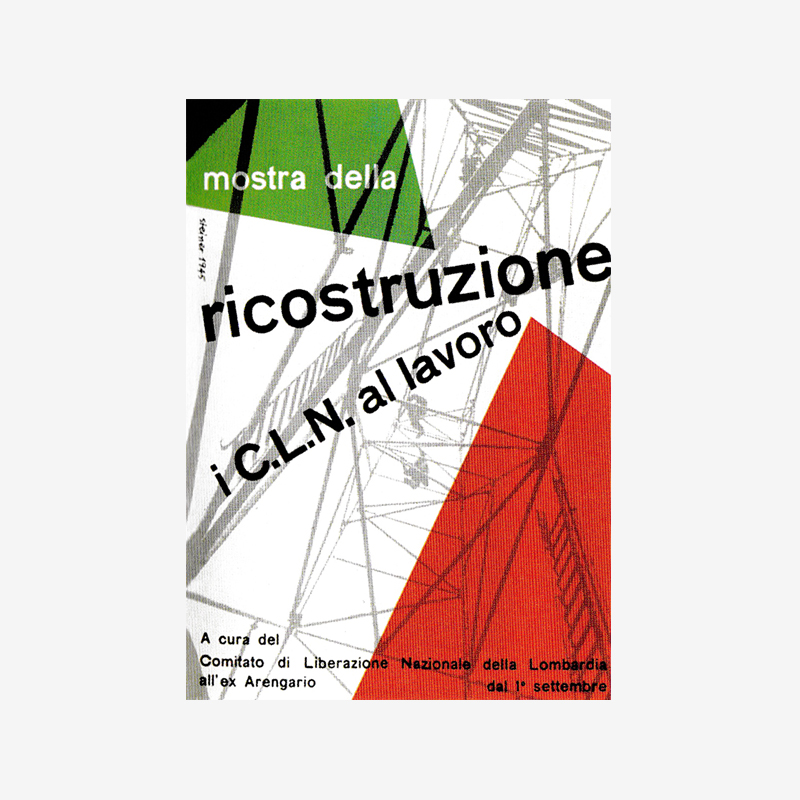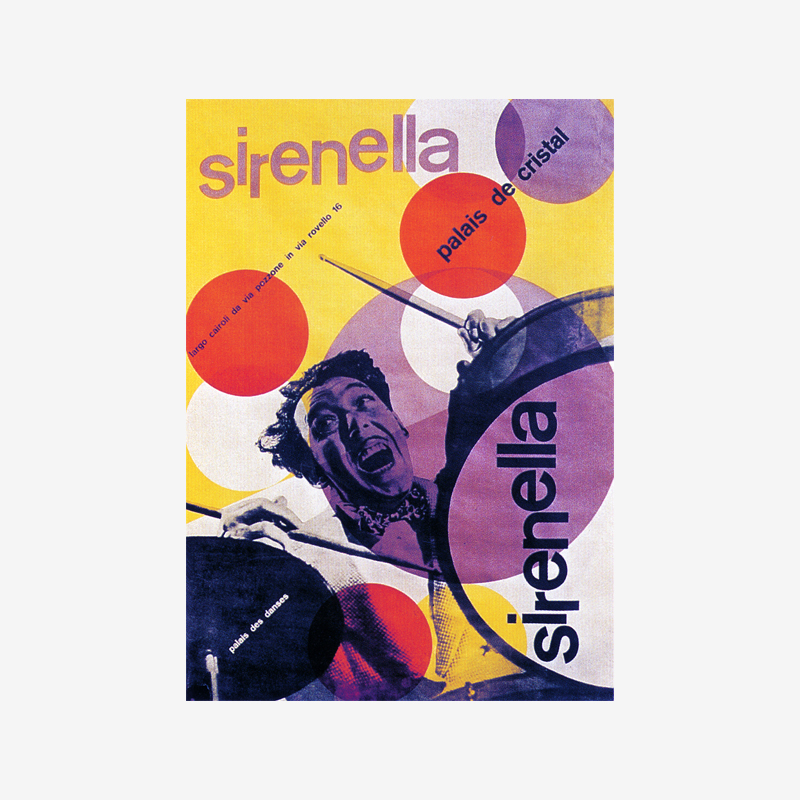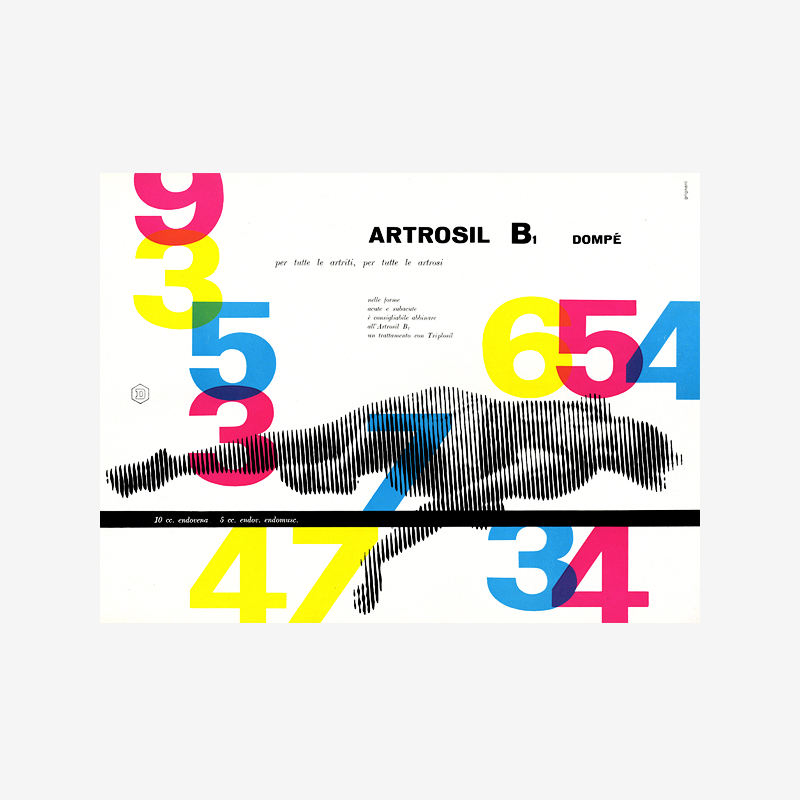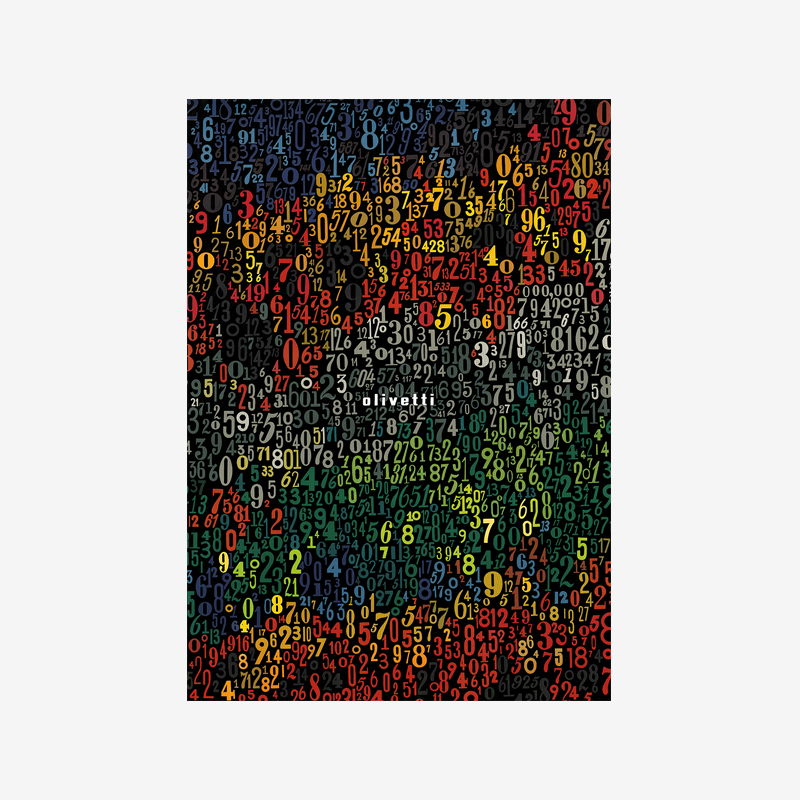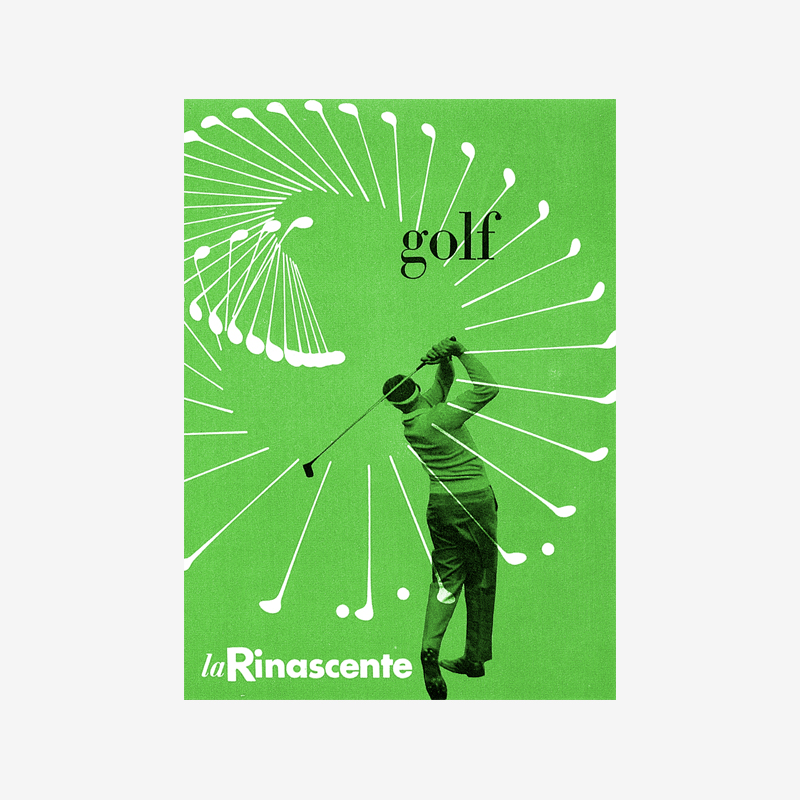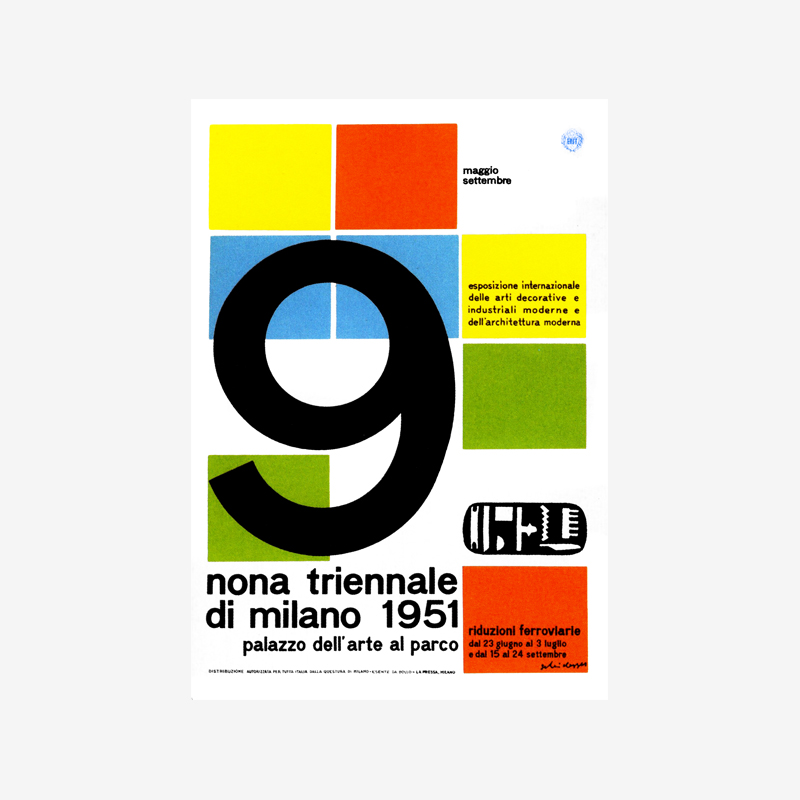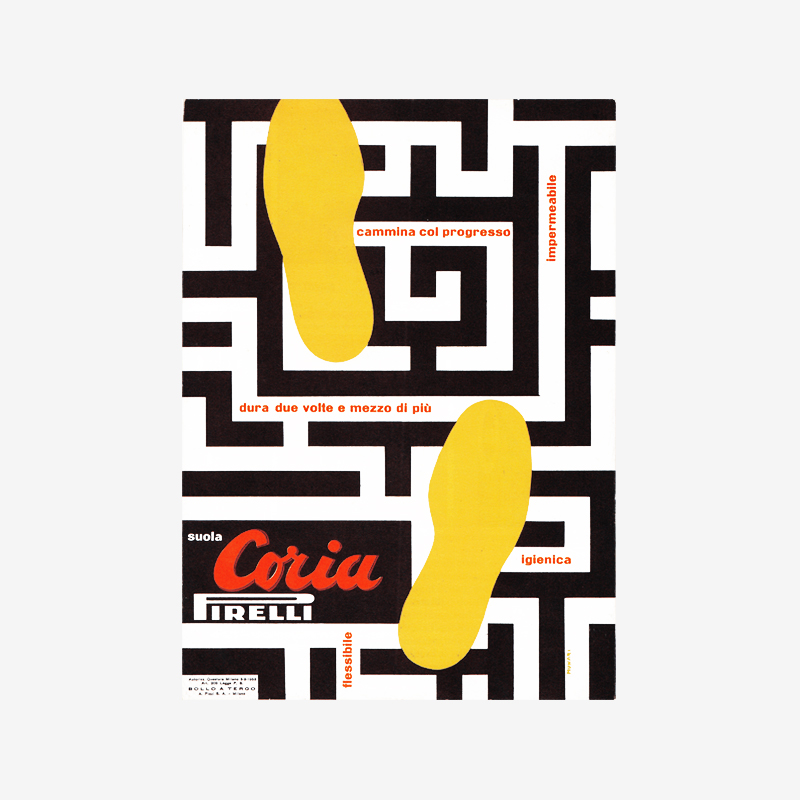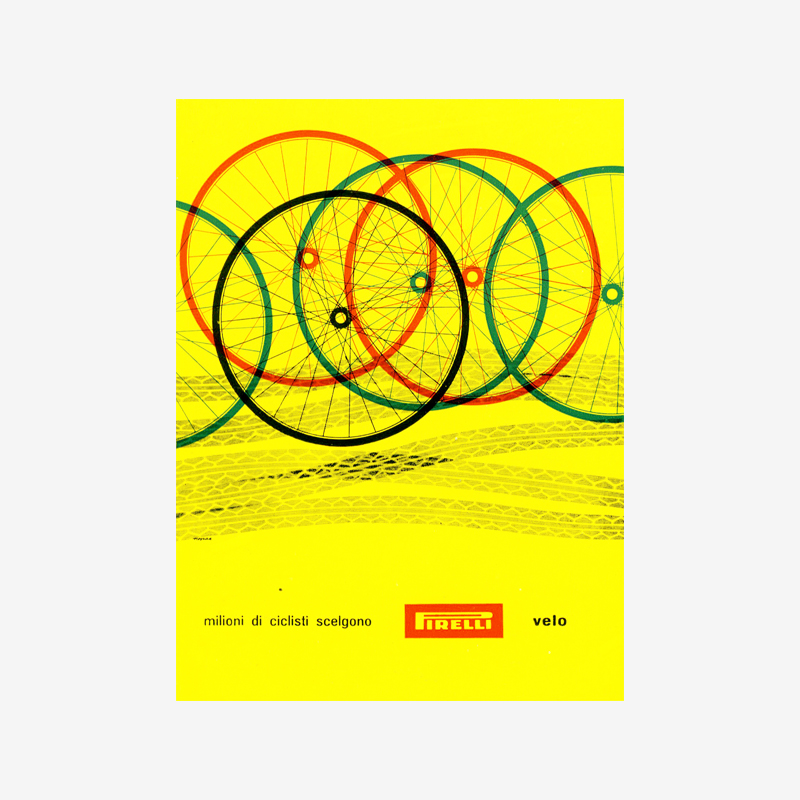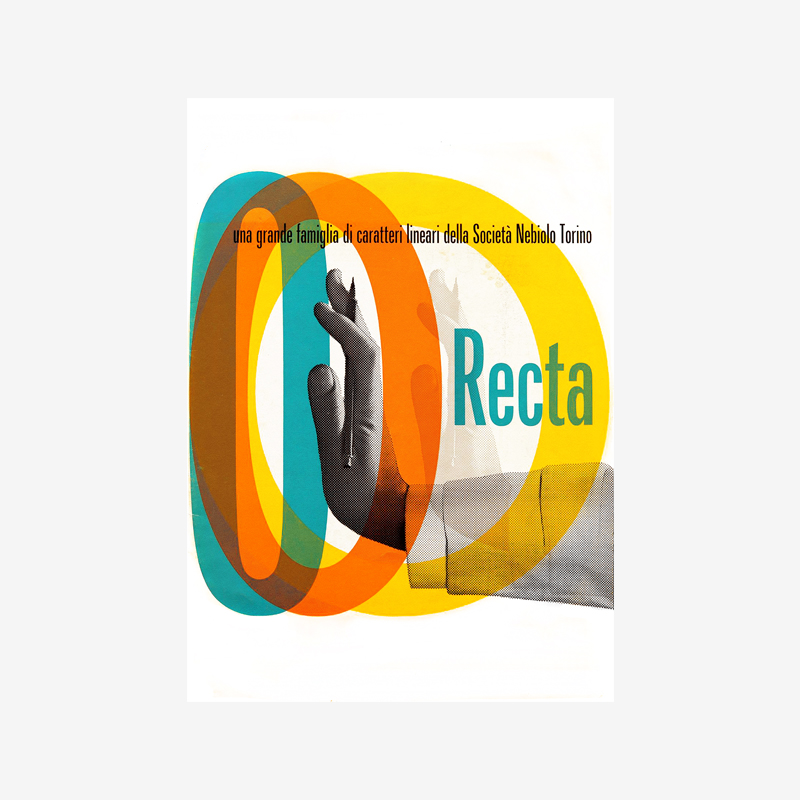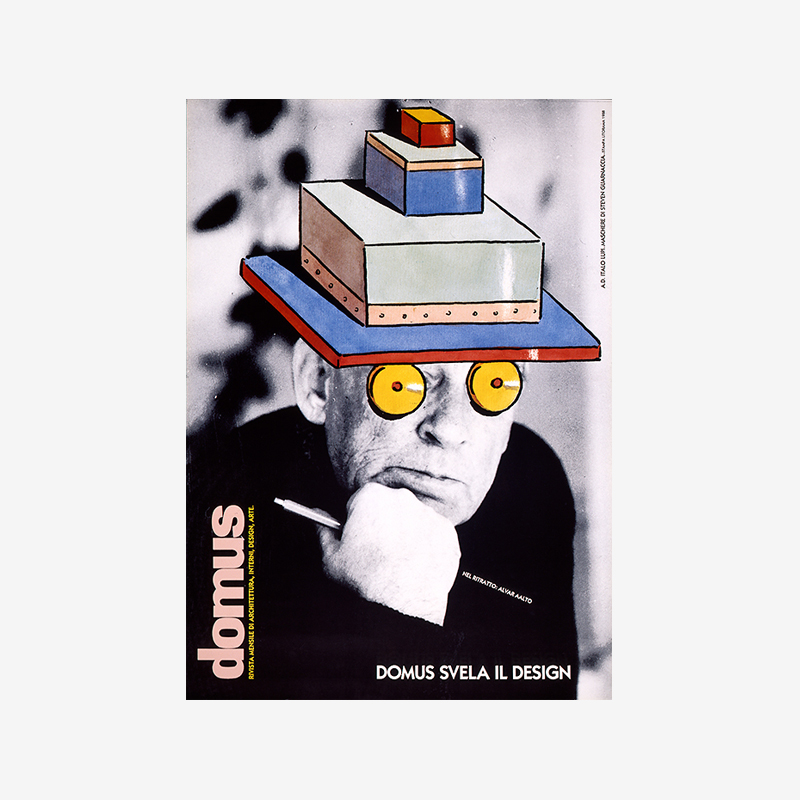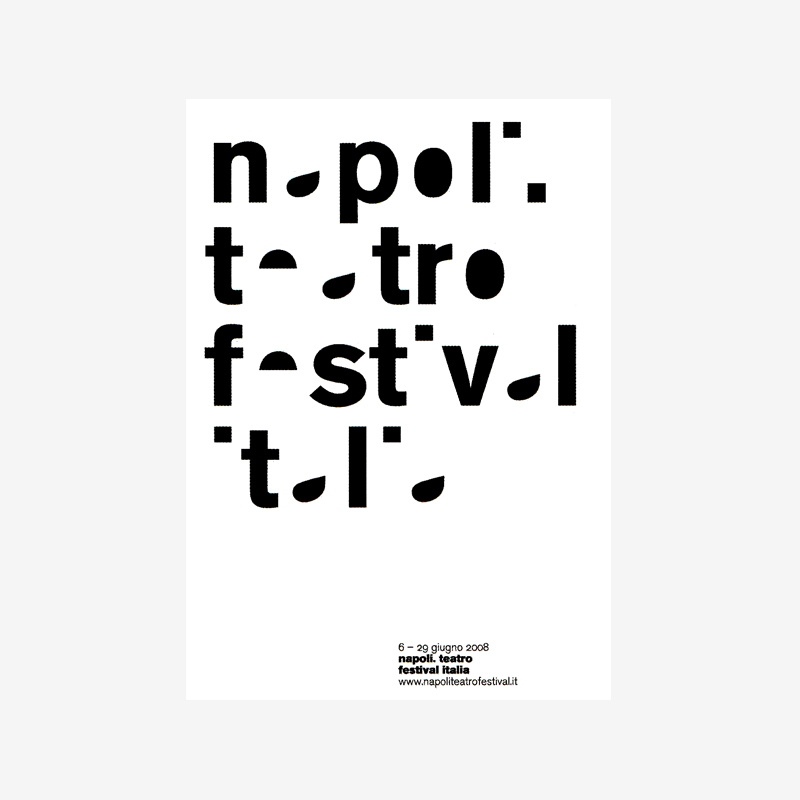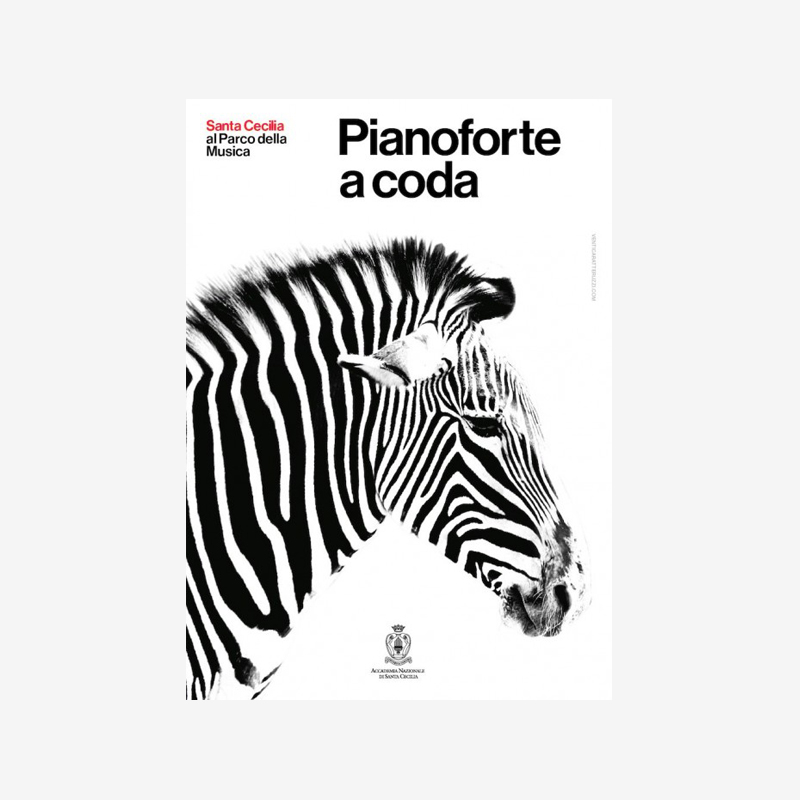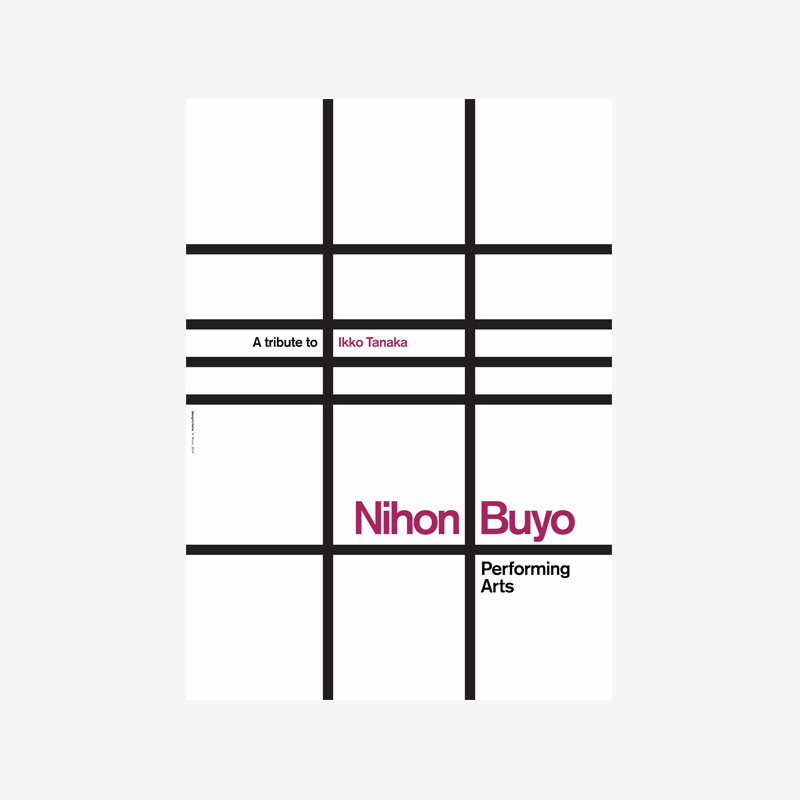I am verry happy to present you an interview to which I answered concerning the Archivio Grafica Italiana, the first digital archive dedicated to the Italian graphic design heritage.
Founded in 2015, the Archivio aims to spread and to promote the culture of quality that distinguishes the Italian graphic design tradition, illustrating the fundamental aesthetic and cultural contribution that it brought all over the world.
From the greatest classics to the best contemporary projects, the Archivio offers a growing overview of the most important graphic works made by Italian or foreign designers who contributed to the Italian graphic design legacy.
I truly hope that such a project could actually contribute to raise the quality standards of international graphic design by constituting a useful and interesting cultural resource for anyone who appreciate good design and strive for a better world.
Enjoy your reading,
 A great thanks goes to Studio Pagina that first published the interview in Italian, and specially to Brunella Giacobbe who managed the interview. All the pictures below have been provided by Munari Design.
A great thanks goes to Studio Pagina that first published the interview in Italian, and specially to Brunella Giacobbe who managed the interview. All the pictures below have been provided by Munari Design.
TO THE TOP ↑
Why did you decide to establish the Archivio Grafica Italiana?
The project originated from the desire to promote the culture of quality that distinguishes the Italian graphic design production, which is too often overshadowed by product design. The Italian graphic design has a great tradition that deserved to be studied and preserved. To the people who have never seen the real artworks, the Archivio offers the possibility to know at least their reproduction.
How did the project evolve until the official launch?
In a very simple way. I let the idea to sediment for a while and the project took form by itself. Part of the images was already prepared, and the
Uniweb—the modular grid system that we chose to use—let us arranging the pages very quickly. I waited a few months to officially launch the website to do it on the same day in which I reopened Designculture, a different project with a common aim: to promote the culture of quality in design.
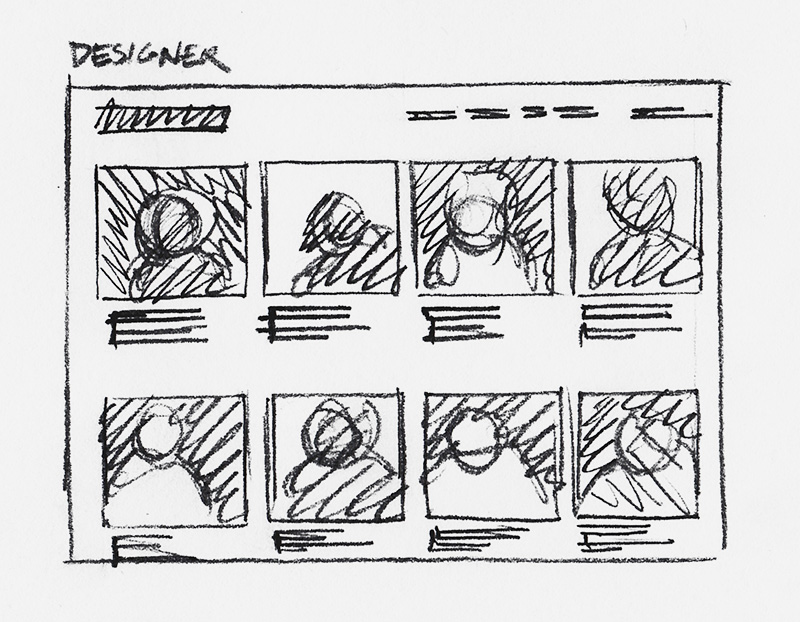 Sketch of the page collecting designers.
What exactly is the Uniweb?
Sketch of the page collecting designers.
What exactly is the Uniweb?
The Uniweb is a modular grid system designed by Alberto Arlandi, who assisted me in developing the Archivio Grafica Italiana. It is based on the Unigrid that
Massimo Vignelli designed in 1977 for the NPS (the United States National Park Service), redesigned to be used on the web. It is the first square module digital grid to allow the designer defining the vertical rhythm of the layout. It is downloadable for free and has been chosen as an official project of the 21st Triennale exhibition.
What kind of audience the Archivio is addressed to?
It is offered to students and young designers in particular, but has been conceived for a wide international public. It is already visited by students, teachers, professional designers, enthusiasts, and great masters of graphic design from all over the world.
Did you define an update schedule?
There is no regular update planning. Anyway, the Archivio is frequently updated with one, two, ten or more projects each time.
What kind of designers will be included in the archive?
Italian designers who worked for both Italian and foreign clients, and foreign designers who worked for Italian clients or design firms. Anyone who made high quality projects contributing to the Italian graphic design heritage.
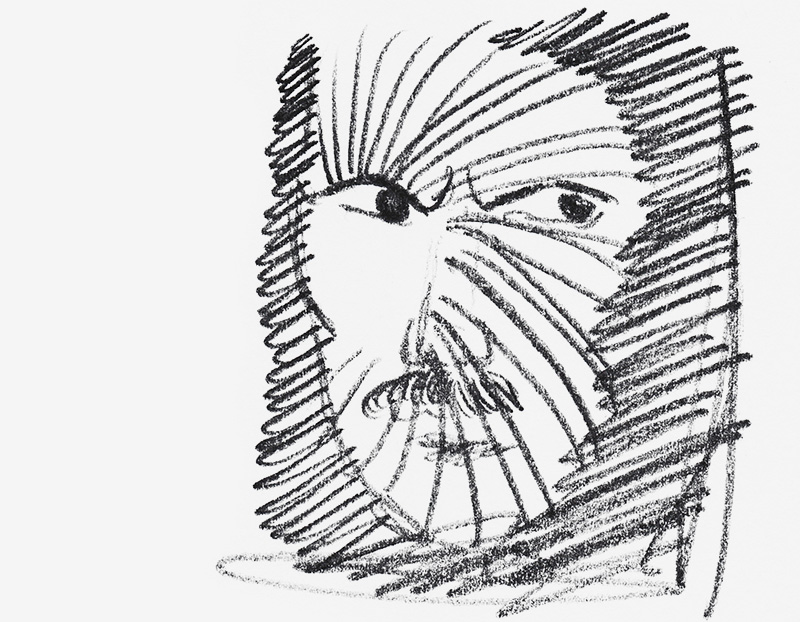 Sketch of Franco Grignani’s portrait.
What is the time span that will be illustrated by the archive?
Sketch of Franco Grignani’s portrait.
What is the time span that will be illustrated by the archive?
It begins in the 1930s and extends up today. The 1930s were a key decade because the foundations of graphic design have been laid. In 1933 the Triennale displayed the Futura typeface by Paul Renner, Antonio Boggeri opened his famous studio, Attilio Rossi and Carlo Dradi started to publish Campo Grafico magazine, Edoardo Persico redesigned Casabella with the assistance of Guido Modiano—who, the same year, designed the Triennale typeface—, the graphic layout of Domus changed too, and Mondadori started to publish Medusa book series. There will be fore sure many projects from the 1960s because that was one of the most prolific and significant decade in terms of quality, but I hope that the Archivio could also offer an interesting window on the contemporary age displaying projects designed with the same quality that distinguishes our tradition.
Is it possible to contribute projects?
Sure. It is possible to propose your own or other people’s projects, that will be studied to verify if they have the features to be included in the archive.
What kind of features a project should have to be part of the Archivio?
It is impossible to give definitive directions because the collection is not founded upon stylistic criteria, but rather we will search for quality whatever is the form. The constant that distinguishes the projects that have already been published is to be the outcome of intelligence, culture, and competence, and this can be expressed in any form.
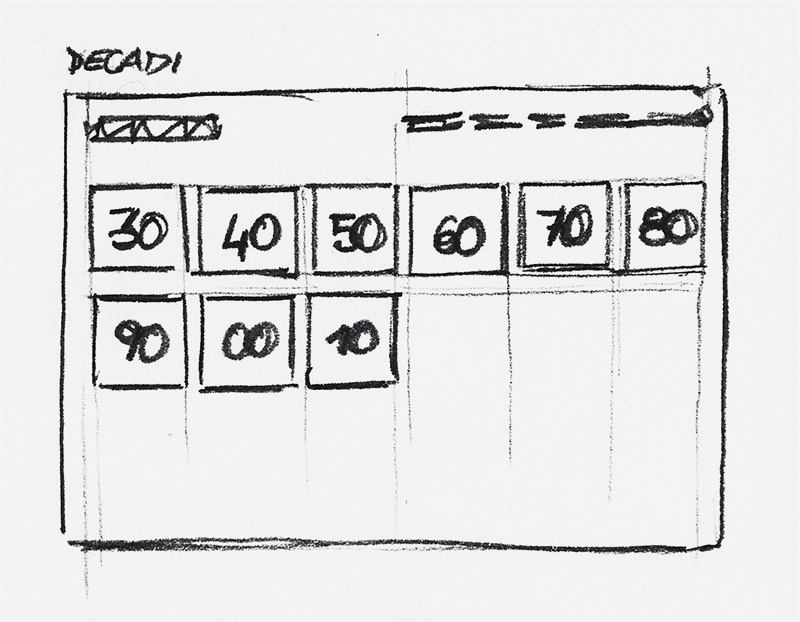 Sketch of the page dedicated to decades.
And what kind of projects would not be published?
Sketch of the page dedicated to decades.
And what kind of projects would not be published?
Artistic works—rather than design projects—that are unsuitable to satisfy their communicative purpose, ephemeral projects that are vulnerable to fashion, and visual but not graphic communication projects.
Is there a project that you particularly appreciate among that have been already published?
I chose to open the overview with the poster designed by Albe Steiner in 1945 for the Mostra della Ricostruzione (The Reconstruction Exhibition), because it symbolizes a true reconstruction of the Country, including the reconstruction of the Italian graphics that finally left the former painterly character to became graphic design in all respects. Furthermore, besides the great classics and the best contemporary projects there are some unknown works that are unseen on the internet, like the boxes for Orzo ABC by Massimo Vignelli and Pegge Hopper, that are an integral part of the collection offered by the Archivio. (There are also many masterpieces that I greatly admire: LaRinascente Golf, Il Giornale Radio, 500 Miglia di Monza, the Woolmark, and many others.)
What makes the Archivio Grafica Italiana different from other digital archives dedicated to graphic design?
The Archivio is the first to be conceived and structured to offer an extensive overview of the Italian graphic design heritage. Moreover, unlike other archives bombing the visitor with images and datas that don’t respect any quality standard, the Archivio publishes a selection of high quality projects provided with correct datas and a short text that helps to observe the images to really understand the peculiarity of each work.
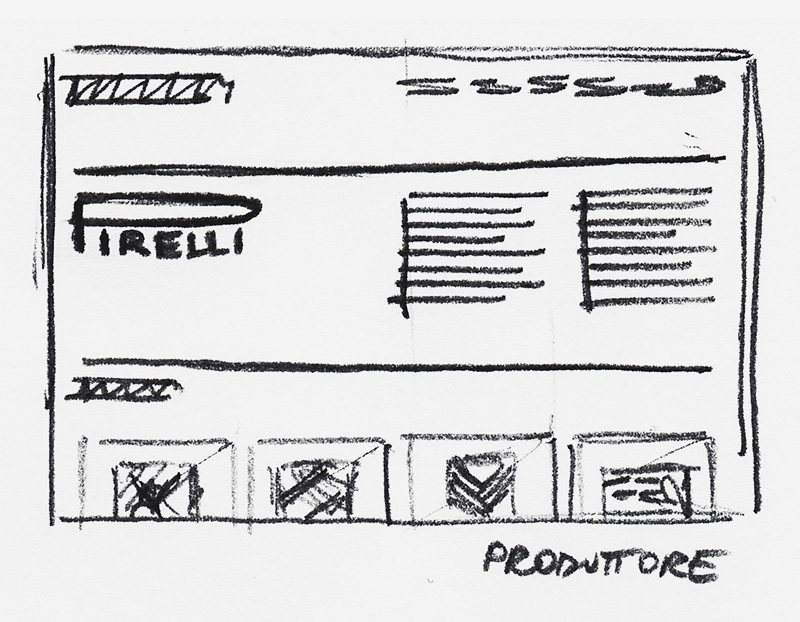 Sketch of the page dedicated to Pirelli.
What do you think have prevented the opening of such an online archive accessible to anyone before you did it?
Sketch of the page dedicated to Pirelli.
What do you think have prevented the opening of such an online archive accessible to anyone before you did it?
I think there was nothing to prevent it, rather I felt it as a duty because I think that it constitutes a useful and important cultural resource that must be accessible to everyone. Good design has a social importance and designers should dedicate themselves to the preservation of our cultural heritage and the promotion of its qualities. Unfortunately, in the past decades designers quite often forgot their social role and responsibilities, thus letting the cultural stature of our profession to decline and the quality standards to fall down.
Do you think that the quality is generally lower compared to the past?
No, I simply think that quality evolves as well as its judging criteria. There are and there will always be both well designed things and ugly designed things. What has been generally lost is a sense of elegance and proportion, and a clear cultural committment dictated by the awareness of the social responsibility inherent to our profession. Anyway, after Postmodernism and the terrible skid of early 2000s, the quality of design has generally increased. However, many designers tend to exclusively focus on the great technological tools we have at our disposal, completely ignoring the basic principles of design. To learn the basics is essential to properly manage our work, and to understand our role and responsibilities as designers, and the social importance of our work. That is the only way to stay away from the ephemeral, and to produce works that properly satisfy their purpose thus really contributing to help our clients. On the other hand, it is also true that the quality of commission—specially public commission—has generally decreased. Anyway, it is our duty as designers to help raising the standards by promoting tangible and effective solutions.
A last question. What are the most important benefits by establishing such an accessible archive dedicated to the Italian graphic design?
I believe that is of paramount importance to guarantee the highest accessibility to the best products of our tradition to be aware of our culture, to understand its quality, and to perpetuate it appropriately to our time. The Archivio can’t and doesn’t want to substitute the real projects that it reproduces, but wants to communicate their presence displaying the varied quality that distinguishes them separately and as a whole.
© 2016 Nicola-Matteo Munari. All rights reserved.
TO THE TOP ↑

Archivio Grafica Italiana is the first digital resource to the Italian graphic design heritage. Founded by Nicola Munari in 2015.

Design consultancy based in Piacenza, Italy. Founded by Nicola Munari in 2015, it operates in the whole field of design.
TO THE TOP ↑





